Gastronomy of Uruguay is a fascinating blend of flavors and influences that reflects the country’s rich history, diverse cultural heritage, and unique geographical location. Situated between Argentina and Brazil, Uruguay boasts a culinary tradition that draws inspiration from its European, indigenous, and African roots. In this comprehensive exploration of Uruguayan cuisine, we will delve into its historical influences, staple ingredients, popular dishes, culinary traditions, and regional variations, providing a detailed portrait of this captivating culinary landscape.
Historical Influences
Uruguayan cuisine has been shaped by centuries of history and cultural exchange. Indigenous peoples inhabited the region long before European colonization, cultivating native crops like corn, beans, and squash. With the arrival of Spanish settlers in the 16th century, new ingredients such as beef, pork, wheat, and dairy products were introduced, transforming the culinary landscape. The Spanish influence is evident in dishes like chivito (a sandwich with grilled meat), empanadas (savory turnovers), and alfajores (dulce de leche-filled cookies).
During the colonial period, African slaves brought to Uruguay by the Spanish contributed to the country’s culinary diversity, introducing ingredients and cooking techniques from their native cuisine. African influence can be seen in dishes like mondongo (tripe soup), feijoada (a hearty bean stew), and chipá (cheese bread). Additionally, European immigrants from Italy, France, and Germany brought their culinary traditions to Uruguay, further enriching the country’s gastronomic landscape.
Staple Ingredients
Uruguayan cuisine is characterized by its use of fresh, locally sourced ingredients, with an emphasis on high-quality meats, grains, and dairy products. Beef is a central component of Uruguayan cuisine, and the country is renowned for its grass-fed cattle and delicious cuts of meat. Asado, or barbecue, is a cherished culinary tradition in Uruguay, with families and friends gathering to grill various cuts of beef, pork, and lamb over an open flame.
In addition to meat, Uruguayan cuisine features a variety of grains, including corn, rice, and wheat, which are used in dishes like milanesas (breaded and fried cutlets) and arroz con leche (rice pudding). Dairy products such as cheese, milk, and dulce de leche (a caramel-like spread made from milk and sugar) are also essential ingredients in Uruguayan cooking.
Popular Dishes
Asado: Asado is the quintessential Uruguayan dish, consisting of grilled meats cooked over a wood-fired grill or barbecue pit. Popular cuts of meat include beef ribs, chorizo (sausage), morcilla (blood sausage), and vacío (flank steak). Asado is often accompanied by chimichurri sauce, a flavorful blend of parsley, garlic, vinegar, and olive oil.
Chivito: Chivito is a hearty sandwich made with thinly sliced grilled or fried beef, topped with ham, cheese, lettuce, tomato, and mayonnaise. Other variations may include bacon, fried eggs, olives, and pickles. Chivito is often served with french fries or mashed potatoes on the side.
Milanesa: Milanesa is a breaded and fried cutlet typically made from beef, chicken, or pork. The meat is pounded thin, coated in breadcrumbs, and fried until golden brown and crispy. Milanesa is often served with mashed potatoes, salad, or rice.
Empanadas: Empanadas are savory turnovers filled with a variety of fillings, such as beef, chicken, cheese, or vegetables. The filling is encased in a flaky pastry crust and baked or fried until golden brown. Empanadas are a popular street food and are often enjoyed as a snack or appetizer.
Mate: Mate is a traditional South American herbal tea made from the leaves of the yerba mate plant. It is typically served in a hollowed-out gourd (also called a mate) and drunk through a metal straw (bombilla). Mate is enjoyed throughout Uruguay and is often shared among friends and family during social gatherings.
Dulce de Leche: Dulce de leche is a sweet caramel-like spread made from milk and sugar, cooked until thick and creamy. It is used as a filling for cakes, pastries, and desserts, or spread on toast or pancakes. Dulce de leche is a beloved ingredient in Uruguayan cuisine and is enjoyed in various forms.
Parrillada: Parrillada is a mixed grill platter featuring an assortment of grilled meats, including beef, pork, chicken, and sausages. It is often served with chimichurri sauce, grilled vegetables, and crusty bread. Parrillada is a popular dish for special occasions and celebrations.
Uruguayo Sandwich: This sandwich is made with grilled steak, bacon, lettuce, tomato, mayonnaise, and a fried egg, all served on a toasted bun. It is a hearty and satisfying meal that is often enjoyed for lunch or dinner.
Culinary Traditions
Uruguayan cuisine is deeply rooted in tradition, with many dishes passed down through generations and enjoyed during holidays, festivals, and family gatherings. Cooking is often a social activity, with families and friends coming together to prepare meals and share stories. Asado, in particular, is a cherished culinary tradition that brings people together to enjoy delicious food and good company. The art of grilling meats over an open flame is passed down from generation to generation, with each family having its own techniques and recipes.
Regional Variations
While there are many dishes that are enjoyed throughout Uruguay, there are also regional variations that highlight the country’s diverse geography and cultural influences. For example, in the coastal regions, seafood dishes like paella and seafood stew are popular, reflecting the influence of Spanish cuisine. In the interior of the country, hearty dishes like locro (a thick stew made with corn, beans, and meat) and guiso (a meat and vegetable stew) are favored, reflecting the country’s gaucho (cowboy) culture. Additionally, the influence of Italian immigrants can be seen in dishes like pasta and pizza, which are enjoyed throughout Uruguay.
Conclusion
Uruguayan cuisine is a vibrant and diverse reflection of the country’s rich history, cultural heritage, and geographical location. From succulent grilled meats to savory empanadas and sweet dulce de leche, Uruguayan dishes offer a tantalizing array of flavors and textures that delight the senses and celebrate the country’s culinary traditions. Whether you’re savoring a traditional asado with friends and family or enjoying a mate with neighbors, Uruguayan cuisine invites you to experience the warmth and hospitality of this enchanting South American nation.











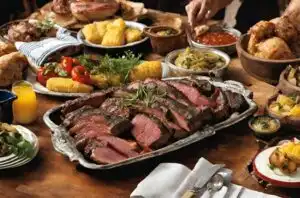









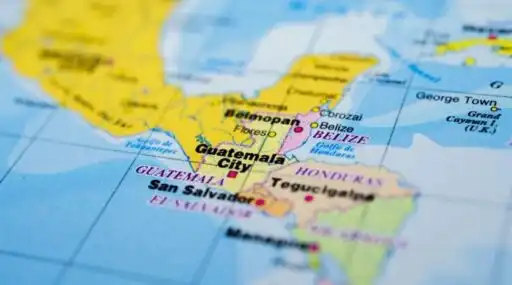


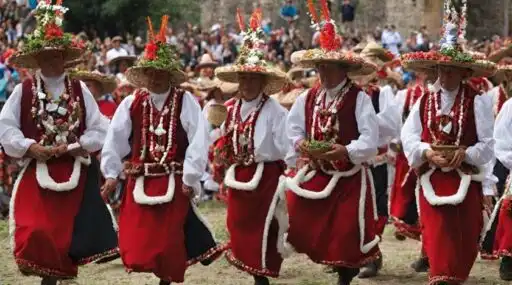

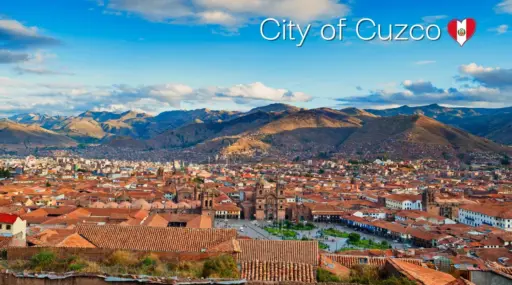





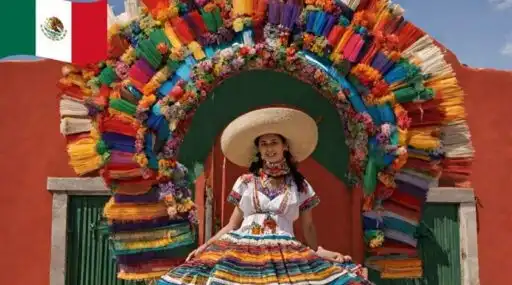






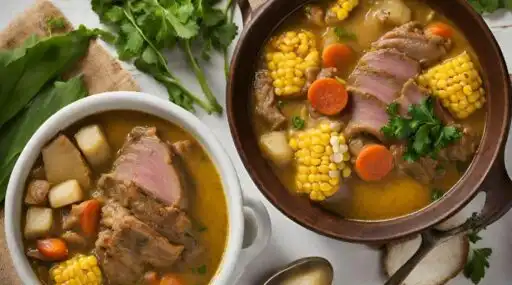




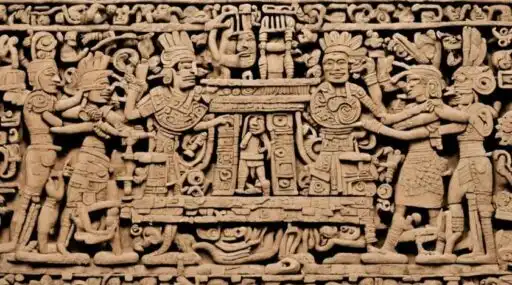




Leave a Reply